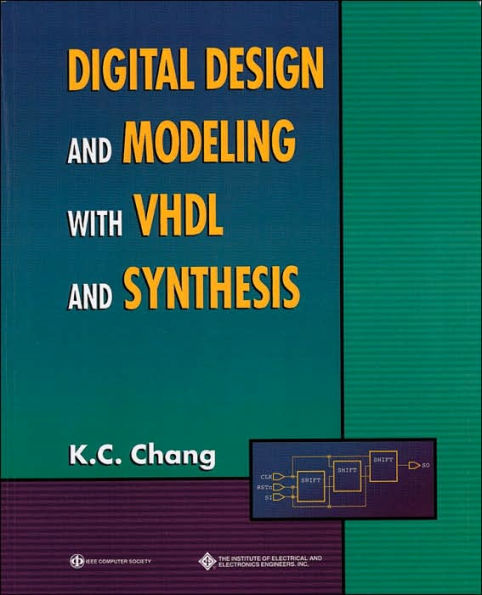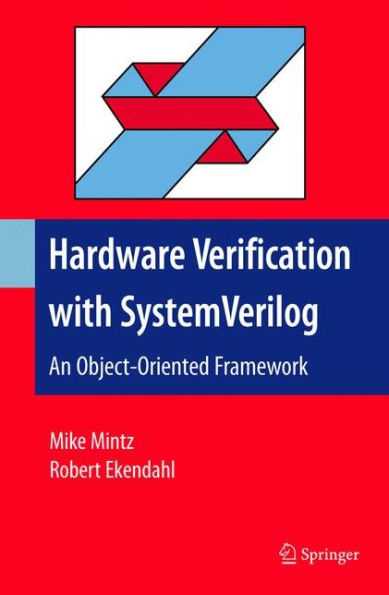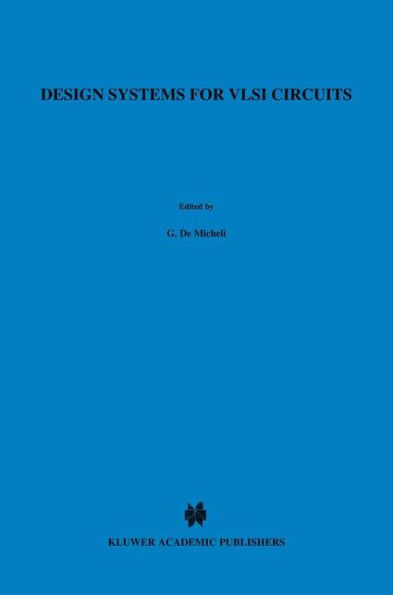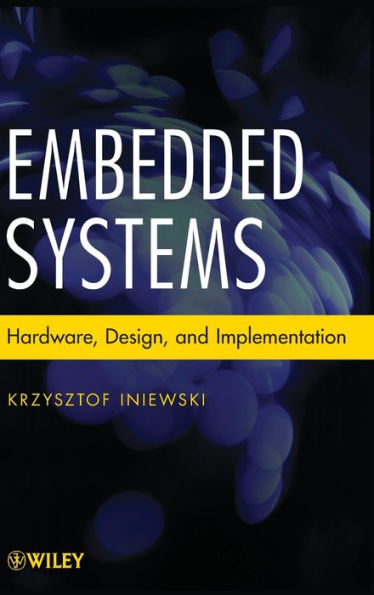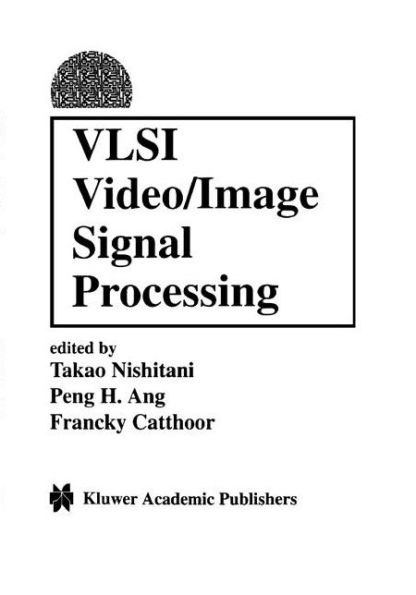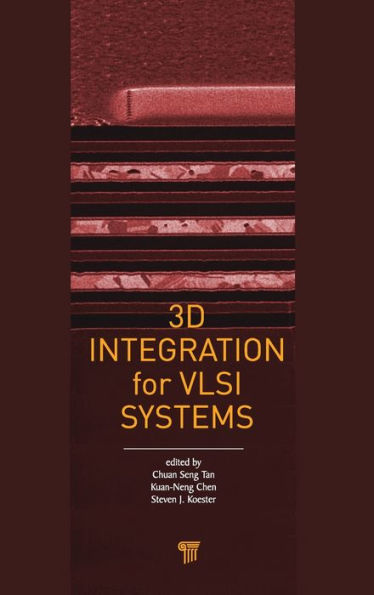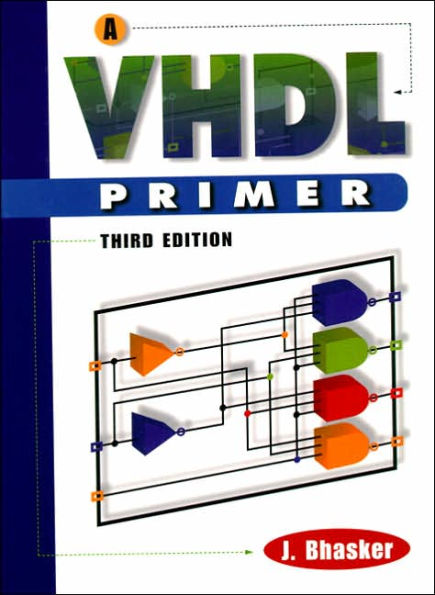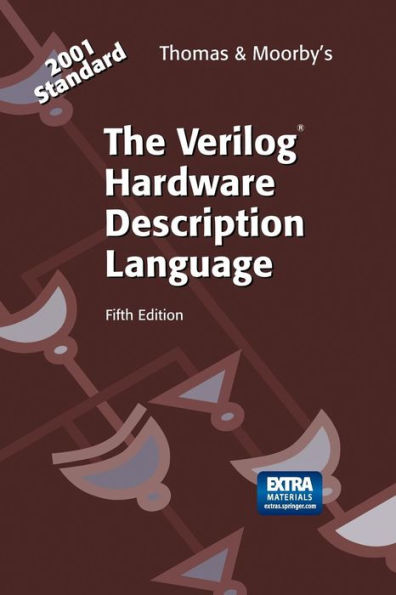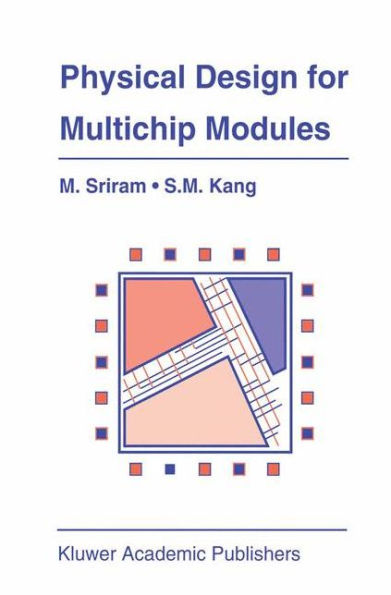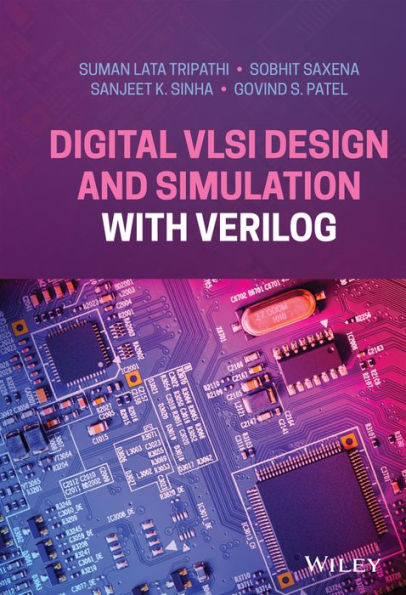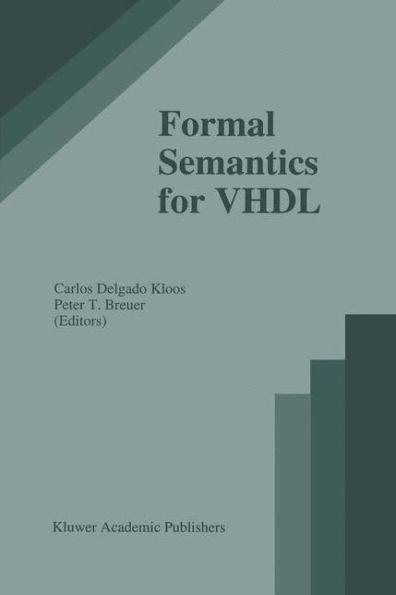Home
Hardware Design and Simulation in VAL/VHDL / Edition 1


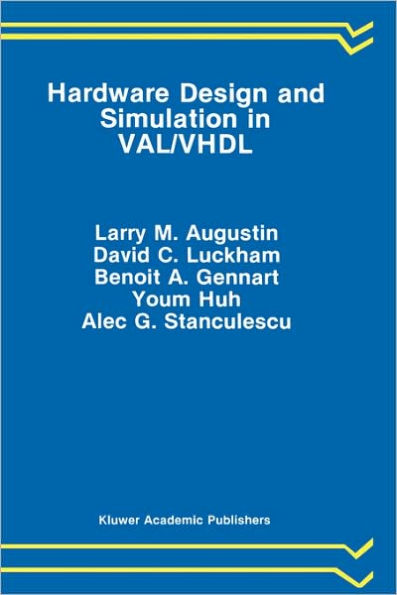
Hardware Design and Simulation in VAL/VHDL / Edition 1
Current price: $109.99
Loading Inventory...
Size: OS
The VHSIC Hardware Description Language (VHDL) provides a standard machine processable notation for describing hardware. VHDL is the result of a collaborative effort between IBM, Intermetrics, and Texas Instruments; sponsored by the Very High Speed Integrated Circuits (VHSIC) program office of the Department of Defense, beginning in 1981. Today it is an IEEE standard (1076-1987), and several simulators and other automated support tools for it are available commercially. By providing a standard notation for describing hardware, especially in the early stages of the hardware design process, VHDL is expected to reduce both the time lag and the cost involved in building new systems and upgrading existing ones. VHDL is the result of an evolutionary approach to language development starting with high level hardware description languages existing in 1981. It has a decidedly programming language flavor, resulting both from the orientation of hardware languages of that time, and from a major requirement that VHDL use Ada constructs wherever appropriate. During the 1980's there has been an increasing current of research into high level specification languages for systems, particularly in the software area, and new methods of utilizing specifications in systems development. This activity is worldwide and includes, for example, objectoriented design, various rigorous development methods, mathematical verification, and synthesis from high level specifications. VAL (VHDL Annotation Language) is a simple further step in the evolution of hardware description languages in the direction of applying new methods that have developed since VHDL was designed.
